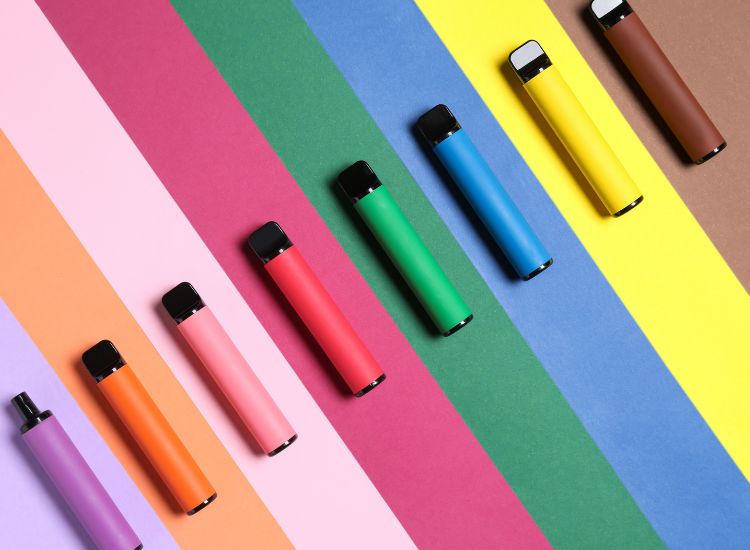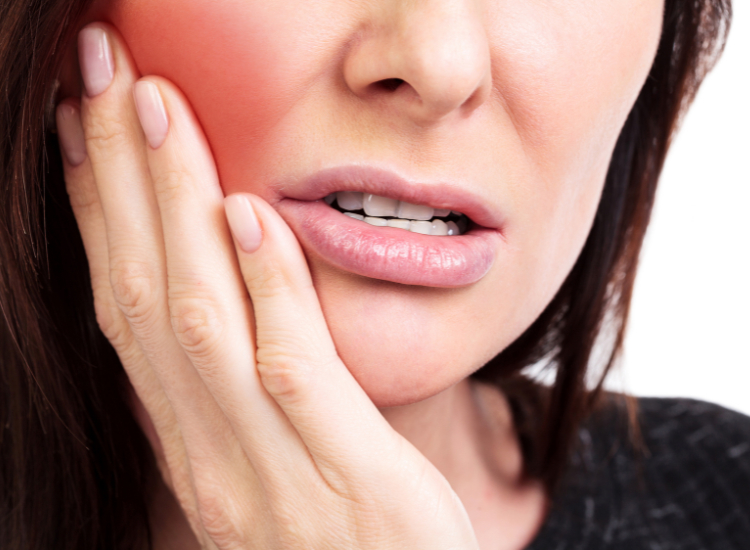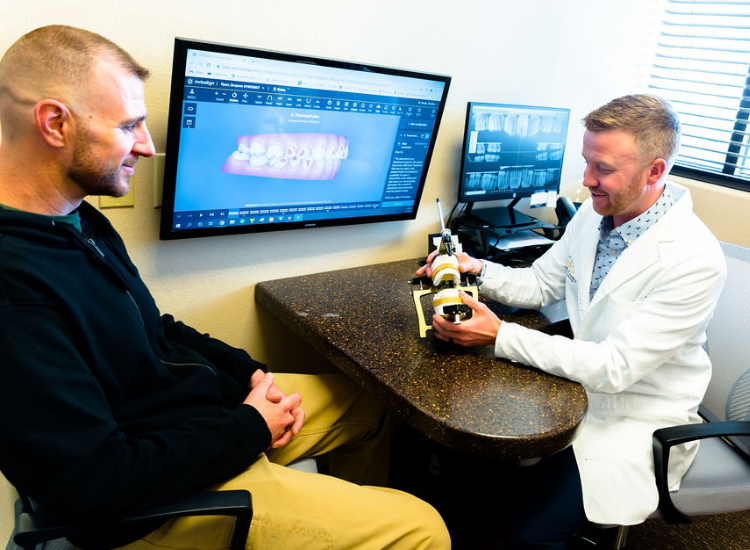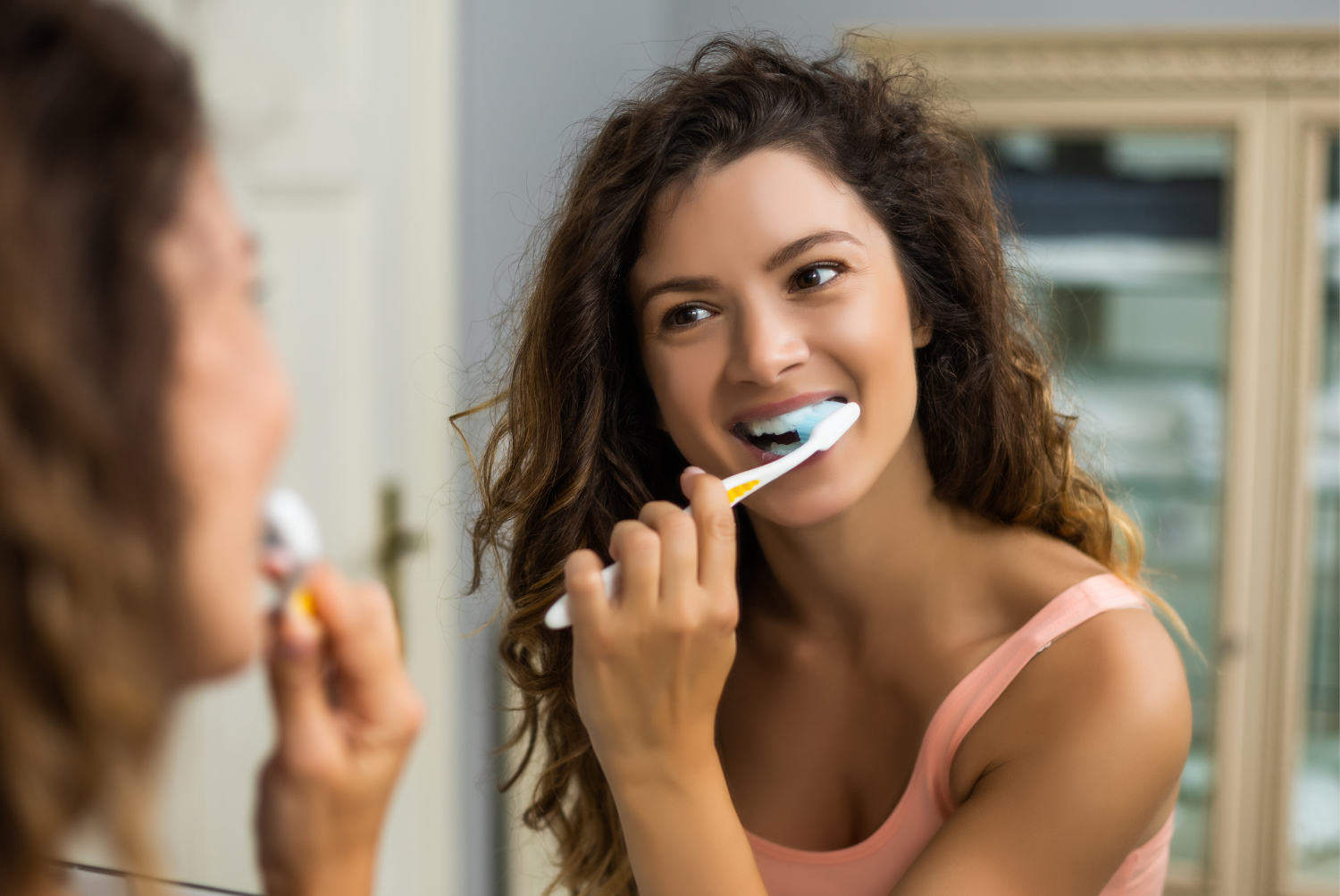Vaping Effects On Your Smile
Vaping and Your Smile: Understanding the Link
Vaping has become popular among people of all ages in recent years, with many people citing it as a safer alternative to smoking. However, as dental professionals, we are here to inform you that vaping can have a negative impact on your dental health. In this blog post, we will explore vaping effects on your smile, as well as offer some tips for maintaining good oral hygiene while using e-cigarettes.
Vaping Can Lead to Dry Mouth
One of the most significant impacts of vaping on your dental health is dry mouth. E-cigarettes contain nicotine, which can cause a decrease in the production of saliva. Saliva is essential as it helps to neutralize the acids produced by bacteria in your mouth, which can lead to tooth decay and gum disease. Dry mouth can also lead to bad breath, as well as increased plaque buildup, which can cause cavities.
Vaping Can Stain Your Teeth
Vaping can also lead to teeth staining, similar to the stains caused by smoking. The vapor from e-cigarettes can cause the buildup of plaque and tartar on your teeth. This buildup can cause yellowing and staining of your teeth. Additionally, some vaping liquids contain flavorings that can stain your teeth over time.
Vaping Can Cause Oral Wounds
The heating element in e-cigarettes can cause burns to the mouth and tongue. These burns can take some time to heal and can be quite painful. Additionally, some people may develop canker sores or other oral wounds from vaping, which can make it difficult to eat or talk comfortably.
Vaping Can Increase Your Risk of Gum Disease
Vaping not only affects your teeth but can also cause problems for your gums. Prolonged use of e-cigarettes can lead to gum inflammation and periodontitis. These oral health issues can lead to more severe consequences such as tooth loss if left untreated. It’s important to visit your dentist regularly to catch and address any gum disease early on.
Tips for Protecting Your Smile While Vaping
If you do choose to vape, there are steps you can take to protect your dental health. First and foremost, maintain good oral hygiene. Brush your teeth twice a day and floss daily to help remove any buildup of plaque and bacteria. Additionally, use mouthwash regularly and consider using oral care products designed for dry mouth. Finally, scheduling regular dental appointments can help keep your teeth and gums in good condition.
In conclusion, while vaping may seem like a harmless alternative to smoking, it’s important to understand the dental health consequences associated with it. Dry mouth, teeth staining, oral wounds, and gum disease can all be caused by e-cigarettes. However, by taking the steps outlined above, you can help protect your smile while using e-cigarettes. Remember to always prioritize your dental health. Contact us today at Kissing Camels Family Dentistry if you have any concerns about your oral health. Our team is will be happy to help you keep your teeth and gums healthy and happy.











